-
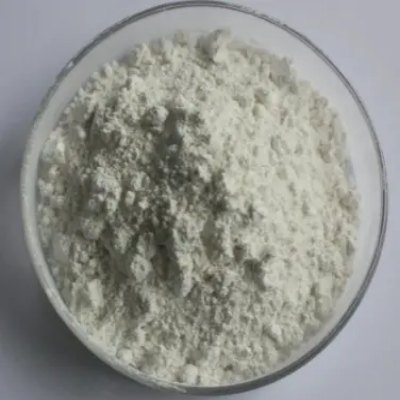
3-Tolylboronic acid CAS:17933-03-8
3-Tolylboronic acid is a boronic acid compound characterized by a boronic acid group attached to a phenyl ring substituted with a methyl group at the 3-position. This compound holds significance in organic synthesis, particularly in Suzuki-Miyaura cross-coupling reactions, where it serves as a versatile boronic acid reagent. Additionally, its structural features make it valuable in medicinal chemistry, materials science, and the synthesis of specialized organic compounds.
-
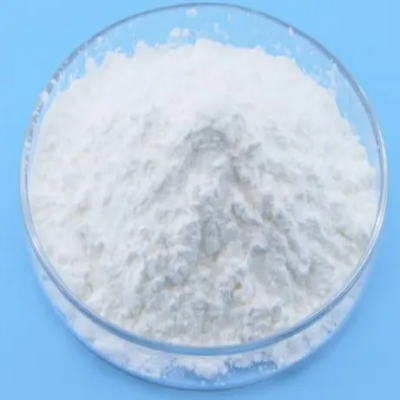
3,4,5-Trifluorophenylboronic acid CAS:143418-49-9
3,4,5-Trifluorophenylboronic acid is a boronic acid compound characterized by a boronic acid group attached to a phenyl ring substituted with three fluorine atoms at the 3, 4, and 5 positions. This compound is significant in organic synthesis, particularly in Suzuki-Miyaura cross-coupling reactions, where it acts as a versatile boronic acid reagent. Its unique structural features make it valuable in medicinal chemistry, materials science, and the synthesis of specialized organic compounds.
-
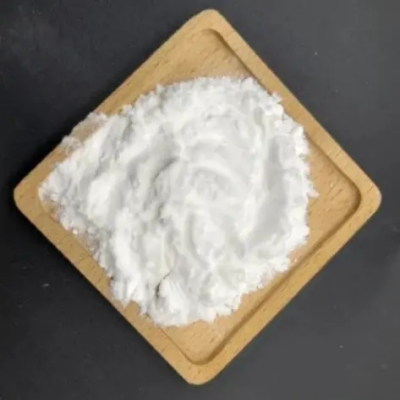
4-(Hydroxymethyl)phenylboronic acid CAS:59016-93-2
4-(Hydroxymethyl)phenylboronic acid, also known as 4-(Hydroxymethyl)phenylboronic acid or 4-HMPBA, is a chemical compound categorized under boronic acids. Its structure consists of a boronic acid functional group (-B(OH)₂) attached to a phenyl ring substituted with a hydroxymethyl (-CH₂OH) group at the para position. This compound holds significance in various fields, particularly in organic synthesis and medicinal chemistry. Its ability to participate in diverse reactions and form stable boronate complexes makes it valuable for applications such as Suzuki-Miyaura cross-coupling, sensing of diols and sugars, and development of pharmaceuticals and functional materials.
-

3-(4,4,5,5-TETRAMETHYL-1,3,2-DIOXABOROLAN-2-YL)PHENOL CAS:214360-76-6
3-(4,4,5,5-Tetramethyl-1,3,2-dioxaborolan-2-yl)phenol, commonly referred to as TMDP, is a chemical compound categorized under phenolic boronic esters. Its molecular structure comprises a phenolic hydroxyl group attached to a phenyl ring bearing a boron-containing cyclic ester moiety with four methyl groups. This compound holds significant importance in organic synthesis, especially in Suzuki-Miyaura cross-coupling reactions, where it serves as a crucial boronic ester reagent. Additionally, its stable cyclic boronate structure and steric hindrance make it valuable in ligand design for transition metal-catalyzed reactions and in the development of functional materials.
-

2,6-Dibromopyridine CAS:626-05-1
2,6-Dibromopyridine is a halogenated pyridine derivative featuring bromine atoms attached to the pyridine ring at the 2 and 6 positions. This compound holds significant importance in organic synthesis, serving as a versatile building block for various coupling reactions, notably Suzuki-Miyaura and Stille couplings. The presence of bromine atoms enhances its reactivity, making it valuable for constructing complex organic molecules. 2,6-Dibromopyridine finds applications in the synthesis of pharmaceuticals, agrochemicals, and advanced materials, where precise modifications of molecular structures are required to achieve desired properties.
-
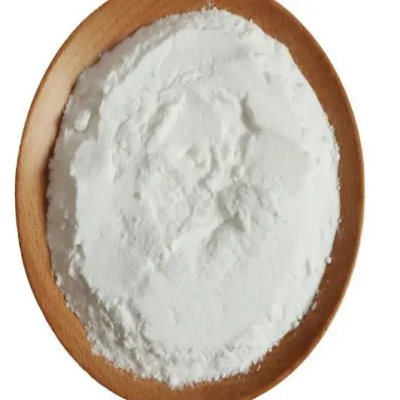
4-Chloro-2-fluoro-3-methoxyphenylboronic acid CAS:944129-07-1
4-Chloro-2-fluoro-3-methoxyphenylboronic acid is a boronic acid derivative featuring a boronic acid group attached to a phenyl ring substituted with chlorine, fluorine, and methoxy functional groups. This compound is pivotal in organic synthesis, notably in Suzuki-Miyaura cross-coupling reactions, where it acts as a versatile boronic acid reagent. Its unique combination of substituents imparts tailored reactivity, rendering it valuable in medicinal chemistry, materials science, and the synthesis of specialized organic compounds.
-
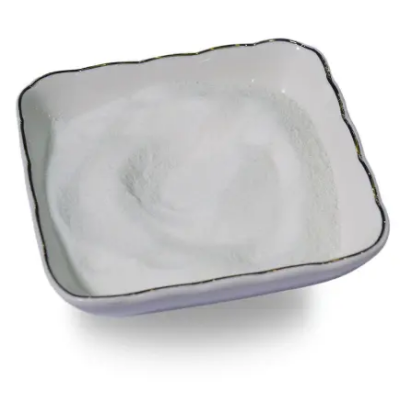
2,3-Difluoro-4-ethoxybenzeneboronic acid CAS:212386-71-5
2,3-Difluoro-4-ethoxybenzeneboronic acid is a chemical compound classified as a boronic acid derivative. Its molecular structure comprises a boronic acid group attached to a benzene ring substituted with both difluoro and ethoxy functional groups. This compound holds significant importance in organic synthesis, particularly in Suzuki-Miyaura cross-coupling reactions, where it serves as a versatile boronic acid reagent. Additionally, its unique combination of electron-withdrawing and electron-donating substituents makes it valuable in medicinal chemistry, agrochemicals, and materials science.
-

2,5-Dibromopyridine CAS:624-28-2
2,5-Dibromopyridine is a halogenated pyridine derivative where the pyridine ring is substituted with bromine atoms at the 2 and 5 positions. This compound is crucial in organic synthesis, serving as a versatile building block for various coupling reactions, including Suzuki-Miyaura and Stille couplings. The presence of bromine atoms significantly enhances its reactivity, making it valuable for constructing complex organic molecules. 2,5-Dibromopyridine is utilized in the synthesis of pharmaceuticals, agrochemicals, and advanced materials, where precise modifications of molecular structures are required.
-

4-Formylphenylboronic acid CAS:87199-17-5
4-Formylphenylboronic acid, also referred to as 4-Formylphenylboronic acid or 4-FPBA, is a chemical compound belonging to the class of boronic acids. It features a boronic acid functional group (-B(OH)₂) attached to a phenyl ring substituted with a formyl (-CHO) group at the para position. This compound holds significance in organic synthesis, particularly in the formation of carbon-carbon bonds via Suzuki-Miyaura cross-coupling reactions. Moreover, its unique reactivity and ability to undergo various transformations make it valuable in the development of pharmaceuticals, agrochemicals, and functional materials.
-
![N-[3-amino-4-(methylamino)benzoyl]-N-2-pyridinyl-β-Alanine, ethyl ester CAS:212322-56-0](https://cdn.globalso.com/xindaobiotech/1K37N24IWHVCSAAU383384.png)
N-[3-amino-4-(methylamino)benzoyl]-N-2-pyridinyl-β-Alanine, ethyl ester CAS:212322-56-0
N-[3-amino-4-(methylamino)benzoyl]-N-2-pyridinyl-β-Alanine, ethyl ester is a chemical compound with the molecular formula C19H22N4O4. It is a white to off-white solid, typically soluble in organic solvents.
-
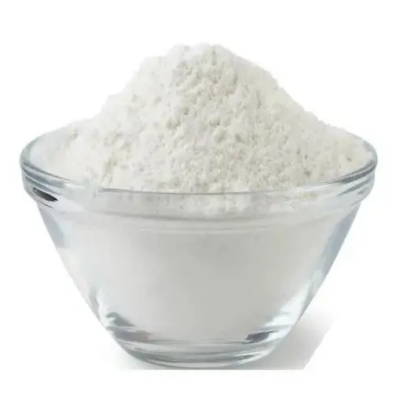
N-(4-cyanophenyl)glycine CAS:42288-26-6
N-(4-cyanophenyl)glycine is a chemical compound with the molecular formula C10H9NO2. It appears as a white to pale yellow solid, sparingly soluble in water but soluble in organic solvents. This compound is utilized in organic synthesis as a versatile building block for the preparation of pharmaceutical intermediates and agrochemicals.
-

Triphenylphosphine oxide CAS:791-28-6
Triphenylphosphine oxide is a chemical compound with the formula (C6H5)3PO. It appears as a white crystalline solid, insoluble in water but soluble in organic solvents.

